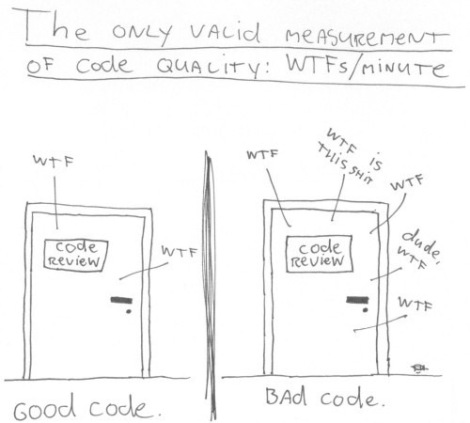Software Psychologist – help software organizations over come its fears and phobias.
Software Psychiatrist – same as a software psychologist but they prescribe drugs.
Software Archeologist –dig around looking for project artifacts.
Software Paleontologist – dig around for looking for evidence the project actually existed. They also theorize what killed projects. It turns out most projects commit suicide.
Software Actor – they don’t actually do any project work. They just act like they are working. Software Actors attend a lot of meetings and repeat what others say. Software Theologist – pray for project success.
Software Plumber – unclog software projects. This is not a glamorous job and it requires cleaning the project toilet.
Software Janitor –pick up after everyone else.
Software CSI – study the forensic evidence to determine if a project was murdered or committed suicide. By the way most projects commit suicide.
Software Entomologist – collect all types of bugs found during the project.
Software Zoologist – studies all kinds of animals that work on software projects
Software Tap Dancer – dances around difficult project issues
Software Linguist – helps translates the native tongue of a software developer into English.
Read more at www.RebootRethink.Com

 how exactly should the requirements process work?” Kelley writes, “It is common for well-meaning clients to duly inform us what a new product needs to do. They already ‘know’ how people use their products.” His firm does not rely on customers telling them about their problems. His book is full of stories recounting where customers were wrong about problems and possible solutions. His firm has learned to study customers and not rely on what they say. Kelley’s views are not unique, and his views are shared by many other industrial designers. Now if Kelley is right, and customers cannot articulate what they want, and especially what is missing, then how should the requirements process work?
how exactly should the requirements process work?” Kelley writes, “It is common for well-meaning clients to duly inform us what a new product needs to do. They already ‘know’ how people use their products.” His firm does not rely on customers telling them about their problems. His book is full of stories recounting where customers were wrong about problems and possible solutions. His firm has learned to study customers and not rely on what they say. Kelley’s views are not unique, and his views are shared by many other industrial designers. Now if Kelley is right, and customers cannot articulate what they want, and especially what is missing, then how should the requirements process work?
You must be logged in to post a comment.